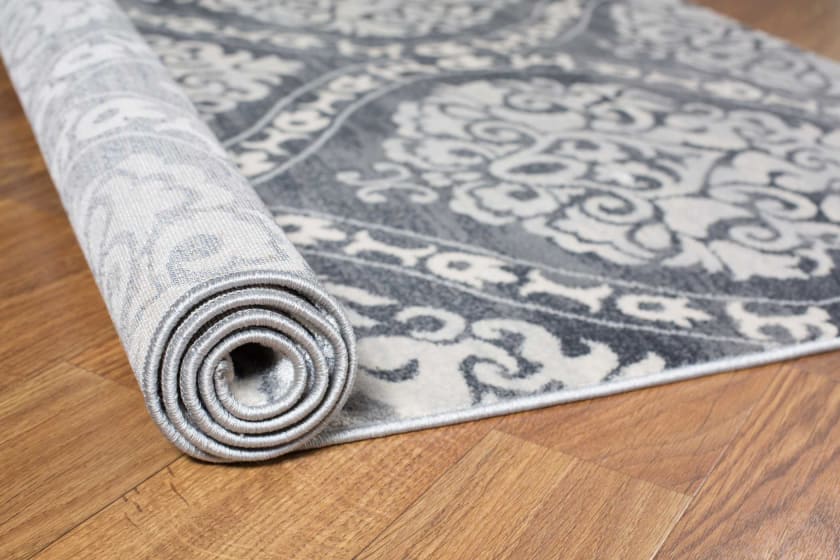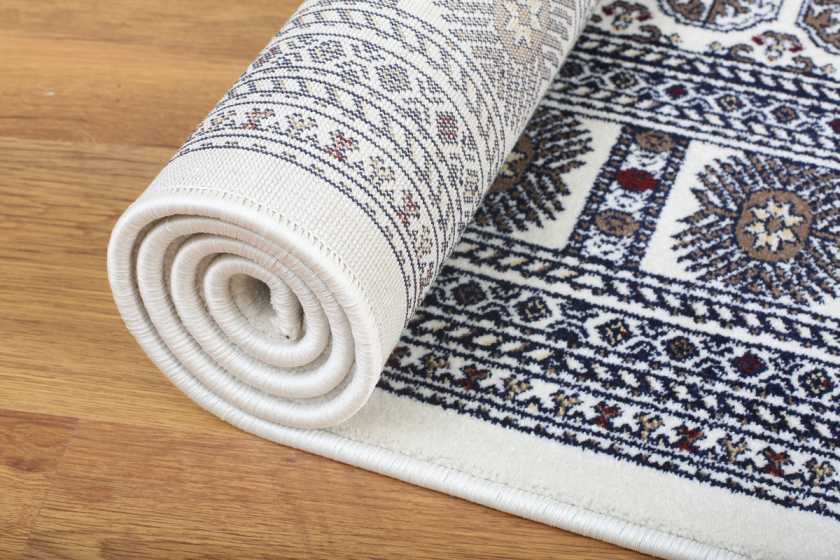How to Make a Killer Brand Catalogue for Rugs and Carpets?



Should you create a brand catalogue with a white background or a colourful one? Keep reading to learn about the best colour scheme and the trending design tips for rugs and carpets.
Stories drive people towards their purchasing decisions. A catalogue weaves an emotional connection with your target audience to influence their decision to purchase. It converts your leads into customers and existing customers into loyal ones. To create an impactful brand catalogue, try using the same colour scheme as implemented in your website or other media.
In this article, we will explore such interesting tips for creating your catalogue. This will be followed by a few tips for designing your rugs and carpet.
Why Should I Make a Brand Catalogue for Rugs and Carpets?

Before moving on to the steps of creating a catalogue, check out these powerful reasons to create one for your brand.
- Kurt Salmon is a renowned global consulting firm. They published a study that proved that 86% of women aged 18-30 years made their purchases after loving a product from a catalogue.
- By integrating catalogues with all of your print and media channels, your target audience will find their favourite products and connect with your brand.
- A brand catalogue displays the product awareness of your experts while reinforcing brand recognition in the minds of your audience.
- People usually save printed catalogues for future use. In this way, your brand’s name also gets promoted when the catalogue is shared with the friends and families of your customers.
As catalogues convert your visitors into loyal customers, you must create them in the best way possible using technology and field expertise. Let’s check out the process of creating a brand catalogue for your rugs and carpets.
How to make a Brand Catalogue for Rugs and Carpets?
A major foundational step of creating a brand catalogue is knowing your company’s values, mission, and ideas. Once you have a clear image of who you are, it becomes easy to form a connection with your visitors.
Follow this step-by-step guide for creating a catalogue that is treasured and shared among your prospective customers.
- Know everything about your brand: As your catalogue is a marketing tool for your business, it must include your company details. Identify or collect the following information about your brand before moving on to the next step.
- Logo
- Tag-line
- Values on which your company runs
- The mission of your brand
- Details about the target audience
This information will help you in highlighting the recommended products and designing every element of your catalogue.
- Learn about your audience: Learn about the choices of your audience using insights and customer data. For this purpose, you can leverage the website analysis tools available on the internet if you have a website for your brand. With this information, you will be determining the language, layout type, and placement of elements on every page of your catalogue.
If you know your audience well enough, creating a product according to their needs and demands would be easy. This will increase the appreciation of your brand in the eyes of your target audience.
- Learn about catalogue design tools: The catalogue design tools will help you in creating eye-catching online and print catalogues. These tools will equip you with the knowledge of catalogue elements like images, textures, colours, and background formatting. With the right software, you will be creating rugs and carpets catalogues that can be easily shared and converted into different formats for online publishing and printing.
- Create a support strategy: Catalogues must be supported by other online or offline channels that help your customers in completing their purchases. You can guide your audience to an FAQ page where their common questions regarding your brand and products are addressed. Similarly, you can ask them to follow your social media pages or website to get updates regarding new launches.
- Focus on the layout: The most important phase of making a rugs and carpets catalogue is selecting the layout. When particular designs are placed at strategic locations, the audience tends to pay more attention to them. For instance, on a page with different designs, the one that is shown in the biggest size is paid the most attention.

Design Tips for Rugs and Carpets
As carpets create a unified look for your spaces, the design should focus on creating a focal point while providing comfort. Carpet texture, design, and shape contribute to the overall look. Consider the following details:
- Shape: Geometric, floral, or organic silhouettes and their size.
- Layer: Layer rugs by placing a rug texture above another to create a unique design.
- Art form: Paint a texture or design as a work of art on the rugs. These types of rugs can be made into area carpets or wall tapestries.
Flaunt your craftsmanship and unique designs through these expert brand catalogue designing tips. Good luck!



















